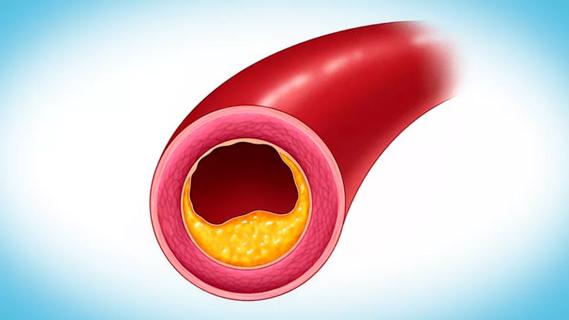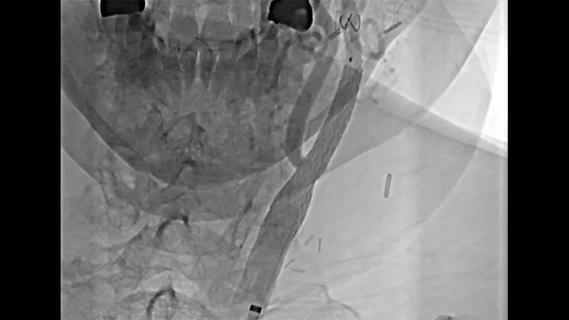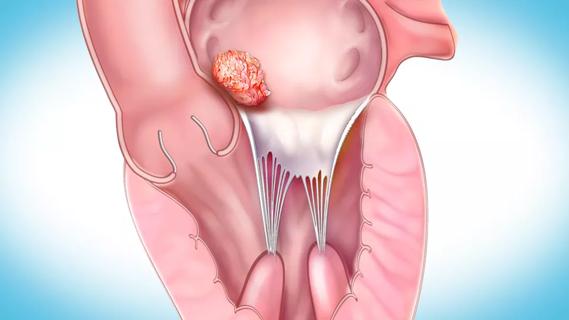Post hoc analysis reveals preservation of renal function

Neha Garg, MD, and Sankar Navaneethan, MD
Cleveland Clinic is a non-profit academic medical center. Advertising on our site helps support our mission. We do not endorse non-Cleveland Clinic products or services. Policy
The burden of congestive heart failure (CHF) in the population with chronic kidney disease (CKD) is much higher than in the non-CKD population, with a prevalence as high as 20 percent in CKD stage 4-5 patients. Despite this higher CHF burden, CKD patients are less likely to receive optimal treatment for CHF due to the lack of established treatment guidelines, physician lack of familiarity in managing patients with CHF and concomitant CKD, and an increased incidence of adverse events, notably hyperkalemia, in this population.
Cardiac resynchronization therapy (CRT) with or without an implantable cardioverter defibrillator (ICD) device has been proven to reduce the rates of morbidity and mortality in CHF. As such, CRT has been recommended as a Class I indication for patients with left ventricular ejection fraction ≤ 35 percent, QRS ≥ 120 msec, and New York Heart Association functional class III or ambulatory class IV CHF symptoms. A recent update has amended the criteria and expanded the class I indication to include patients with milder class II CHF symptoms. CRT has been shown to improve cardiac structure and function from reverse remodeling in those with both systolic and diastolic CHF. However, evidence is insufficient to support the use of this lifesaving therapy in CKD patients, with clinical trials of device therapy excluding patients with moderate to severe kidney disease. As patients with CKD are more likely to die of cardiovascular disease than progress to end-stage renal disease, a greater absolute benefit to CRT in these patients is possible. We therefore conducted a systematic review to assess the current evidence relating to CRT in the CKD population with CHF.
Eighteen studies met the inclusion criteria and were included in the systematic review: 14 observational studies and four randomized controlled trials. Survival outcomes were compared in all CKD patients who had CRT vs. those without CRT. Post-CRT outcomes were compared in patients with baseline CKD vs. those without CKD.
Among randomized controlled trials, CRT was associated with a survival benefit over non-CRT modalities (medical therapy or ICD alone) in CKD patients who were eligible to receive CRT. Subgroup analyses showed that survival outcomes were not different between the CKD and the non-CKD population with CRT. Most randomized controlled trials, however, included patients with stage 3 CKD and only a limited number of stage 4 CKD patients. Observational studies comparing survival between CKD and non-CKD patients after CRT implantation showed inferior outcomes in the CKD group.
There was significant improvement in estimated glomerular filtration rate in CKD patients treated with CRT (four studies; mean difference 2.30 mL/minute/1.73 m2; 95 percent confidence interval 0.33-4.27) compared with those not treated with CRT. CRT was associated with preservation of renal function in those with moderate CKD and a modest improvement in those with mild CKD at baseline. Taken together, these observations suggest that despite the higher mortality risk in CKD patients, the incremental benefits of CRT are evident in this population. Future studies should include patients with advanced CKD to examine the benefits of CRT. Given the higher costs associated with CRT, additional data on the cost-effectiveness of CRT in CKD are also warranted. We are conducting long-term studies to address the benefits of CRT in the population with kidney disease using Cleveland Clinic’s CKD registry.
Dr. Navaneethan (navanes@ccf.org) is a Physician the Department of Nephrology and Hypertension at Cleveland Clinic’s Glickman Urological & Kidney Institute.
Dr. Garg completed her Nephrology and Hypertension fellowship at Cleveland Clinic’s Glickman Urological & Kidney Institute.

Technique may lay groundwork for personalized decision-making in procedural intervention

Cleveland Clinic series supports re-repair as a favored option regardless of failure timing

Cleveland Clinic study points to need for new strategies to curb addiction relapse

Tech-assisted self-selection concurred with clinician-assessed eligibility in >90% of cases

Support for a TAVR-first approach in patients with concurrent valve and coronary disease

Logistic feasibility supported for treating obstructive HCM under the REMS program

Insights from the Cleveland Clinic experience and a multispecialty alliance

Recurrences were rare and survival robust in large Cleveland Clinic study